Chichen Itza stands as a testament to the ingenuity and cultural brilliance of the ancient Mayan civilization. With its iconic structures such as the Pyramid of El Castillo and the Temple of Warriors, the site offers a glimpse into the past, where legends and myths intertwine with historical facts. Let us embark on a journey through time and discover the captivating stories that surround this extraordinary archaeological site.
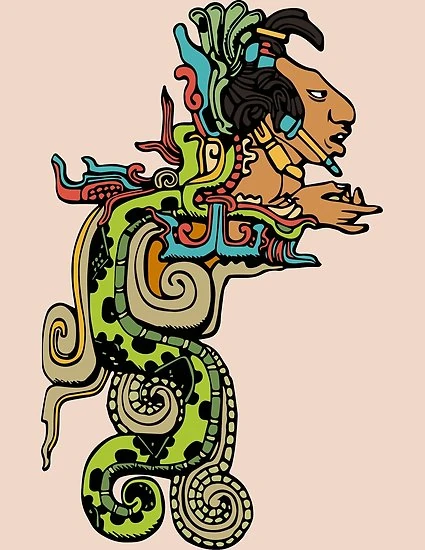
According to Mayan mythology, Kukulkan, the feathered serpent deity, played a central role in the creation of the world. Legend has it that Kukulkan descended upon Chichen Itza and taught the people various arts and sciences, including agriculture and astronomy. The Pyramid of El Castillo, also known as the Temple of Kukulkan, is believed to be a representation of the god himself, with its precise architectural design aligning with celestial events.
The Mesoamerican ballgame, known as "pok-ta-pok" in Mayan, held immense cultural and spiritual significance. It was believed to symbolize the eternal battle between life and death. According to the myth, the winners of the ballgame would be sacrificed to the gods, ensuring the cycle of life continued. The Great Ballcourt in Chichen Itza is the largest and most impressive of its kind, serving as a testament to the importance of this ancient sport.
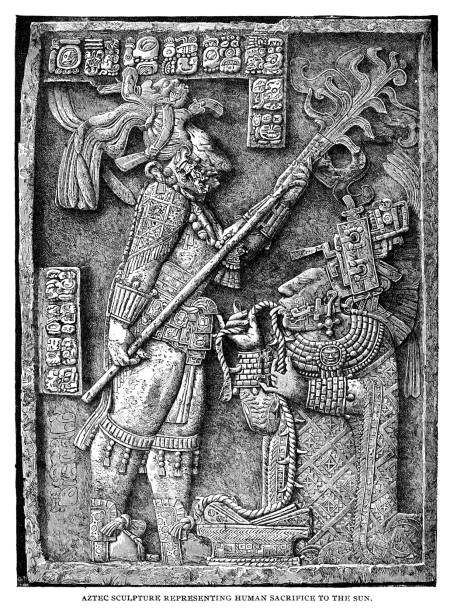
The Cenote Sagrado, or Sacred Cenote, is a natural sinkhole within the boundaries of Chichen Itza. It was considered a sacred site by the Mayans and played a significant role in their religious ceremonies. The sacred cenotes of Chichen Itza served as a gateway to the Mayan underworld, known as Xibalba. These natural sinkholes were believed to be sacred portals connecting the mortal world with the divine realm. Exploring the cenotes reveals not only the breathtaking beauty of these geological formations but also the spiritual significance they held for the Mayans.
Legend has it that young individuals were thrown into the cenote as offerings to the gods, ensuring the prosperity and well-being of the community. Today, the cenote stands as a haunting reminder of the city's past rituals.

The Temple of the Warriors served as a gathering place for warriors and a site for rituals and ceremonies. Intricate carvings depict scenes of battles, sacrifices, and mythical creatures. The temple's grandeur and the stories it portrays provide a glimpse into the lives of the Mayan warriors and their spiritual beliefs. The Temple of Warriors, adorned with intricate carvings and columns, holds a mysterious secret within its walls. When one whispers at a certain spot near the temple, the sound travels and echoes throughout the complex. This acoustic phenomenon has fascinated visitors for centuries, adding an element of wonder to the architectural marvel.
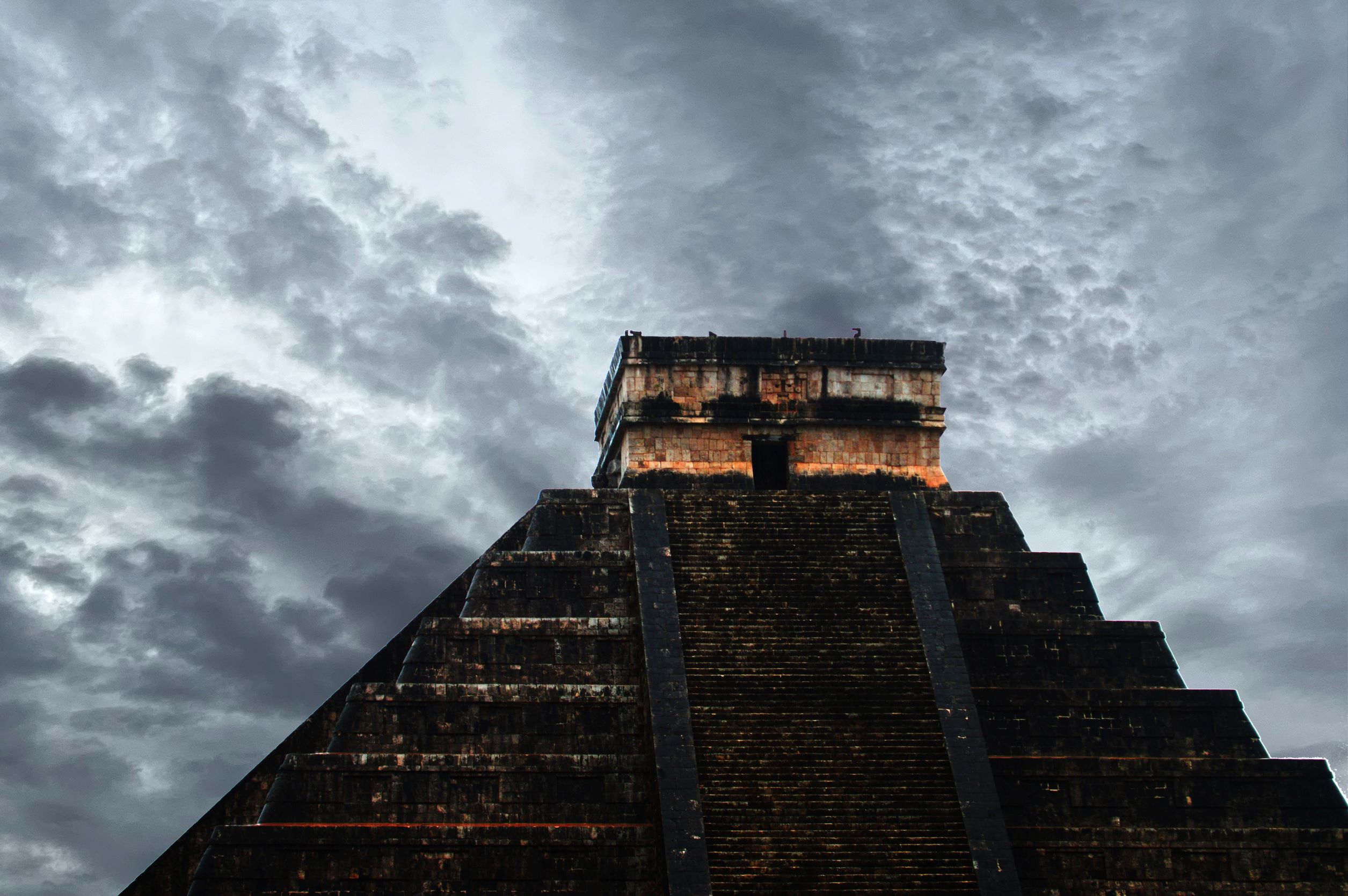
The Pyramid of El Castillo, also known as the Temple of Kukulkan, is an awe-inspiring structure that dominates the landscape of Chichen Itza. The pyramid's design incorporates precise astronomical alignments and symbolizes the feathered serpent deity, Quetzalcoatl. During the equinoxes, a shadow resembling a serpent descends along the pyramid's staircase, creating a mesmerizing spectacle.
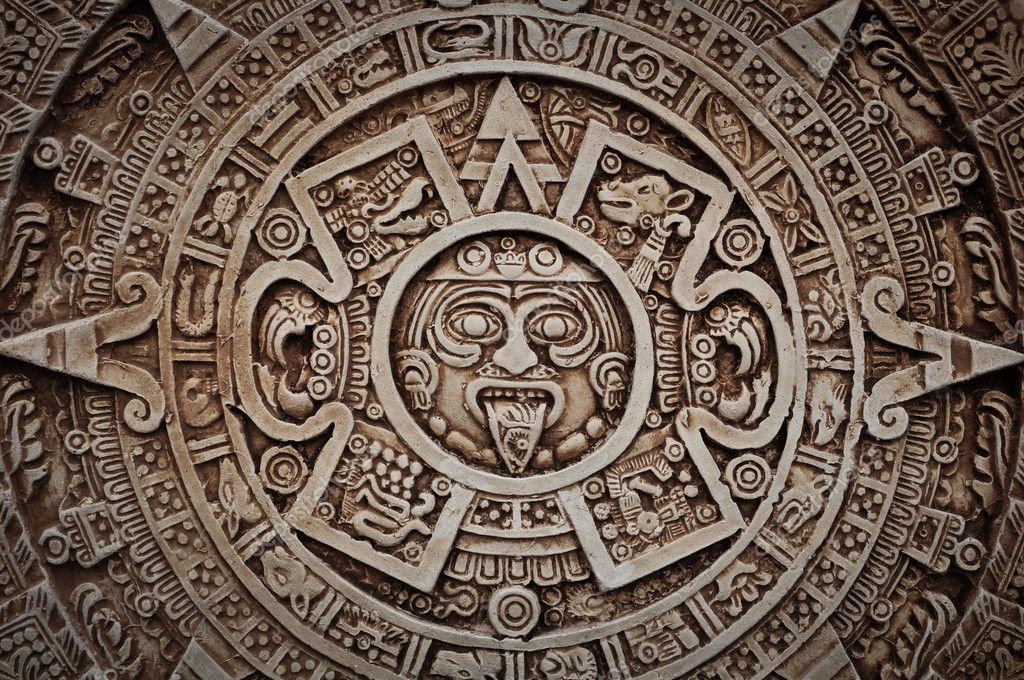
The Mayan civilization possessed a sophisticated understanding of astronomy, which is evident in their intricate calendar system. Chichen Itza served as a hub for studying celestial phenomena and making astronomical predictions. The Mayan calendar is renowned for its accurate calculations and intricate symbols, which continue to captivate scholars and enthusiasts alike.
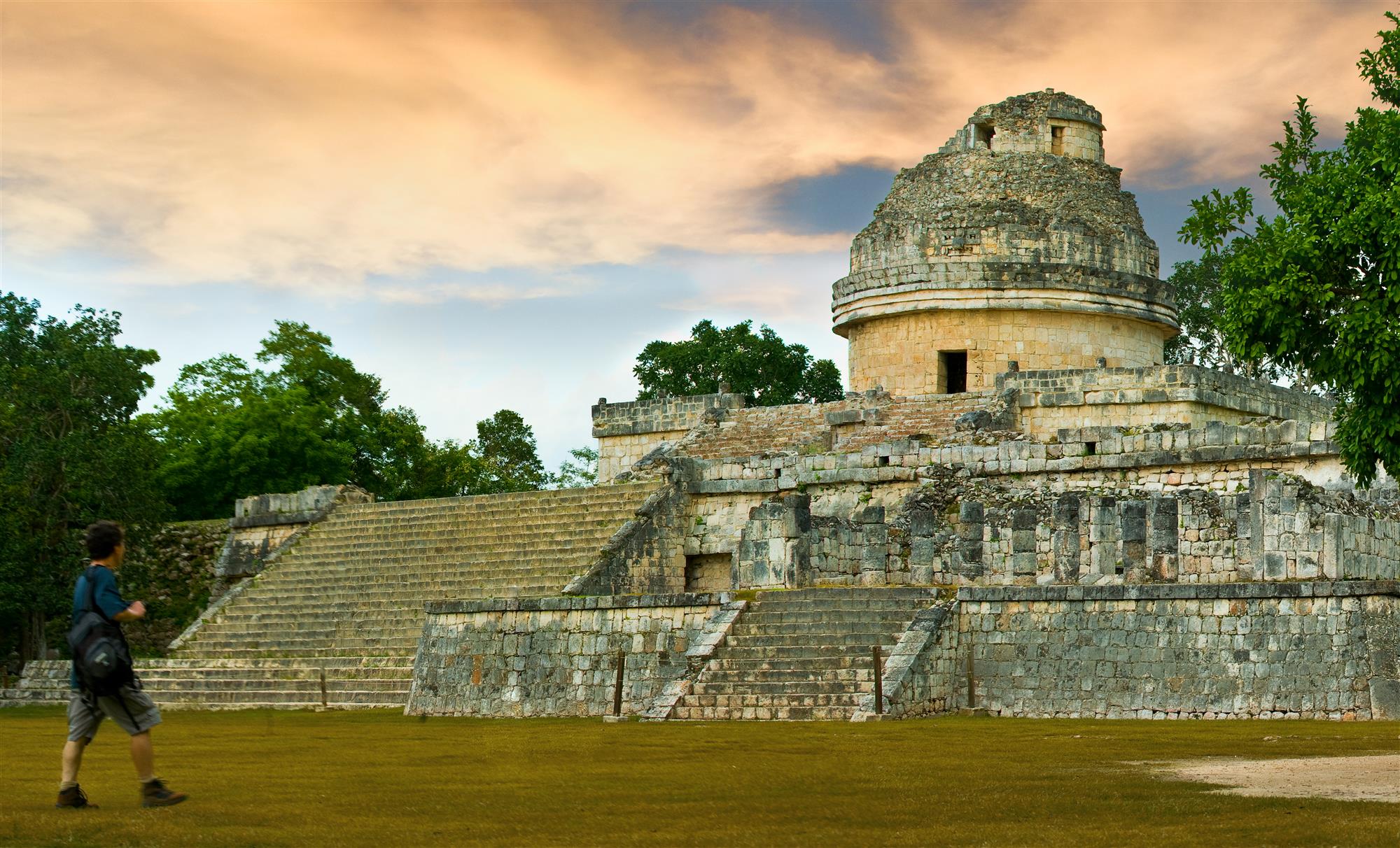
The Caracol, also known as the Observatory, stands as a testament to the Mayans' advanced astronomical knowledge. Its circular design and strategic positioning allowed ancient astronomers to observe celestial events with remarkable precision. The Caracol's alignment with Venus, the planet associated with Quetzalcoatl, further emphasizes the spiritual significance placed on celestial bodies.
Legend has it that the mythical Itzaes, a legendary tribe, founded Chichen Itza. According to Mayan folklore, the Itzaes possessed great knowledge and magical powers. Their influence on the city's architecture and culture is evident in the fusion of Toltec and Mayan's elements found throughout Chichen Itza.
As the centuries passed, Chichen Itza experienced a gradual decline, leading to its eventual abandonment by the Mayan people. The exact reasons for this decline remain a subject of scholarly debate, with theories ranging from political unrest to environmental factors. Today, Chichen Itza stands as a testament to a bygone era and serves as a reminder of the cultural richness and legacy of the Mayan civilization.
Chichen Itza's captivating legends and myths add an air of mystery and wonder to this ancient city. From the creation myth of Kukulkan to the battles of the Mesoamerican ballgame, each tale weaves a unique narrative that enhances our understanding of the Mayan culture and its spiritual beliefs. As we explore the ruins of Chichen Itza, we are transported back in time, unraveling the enigma of this remarkable archaeological site.